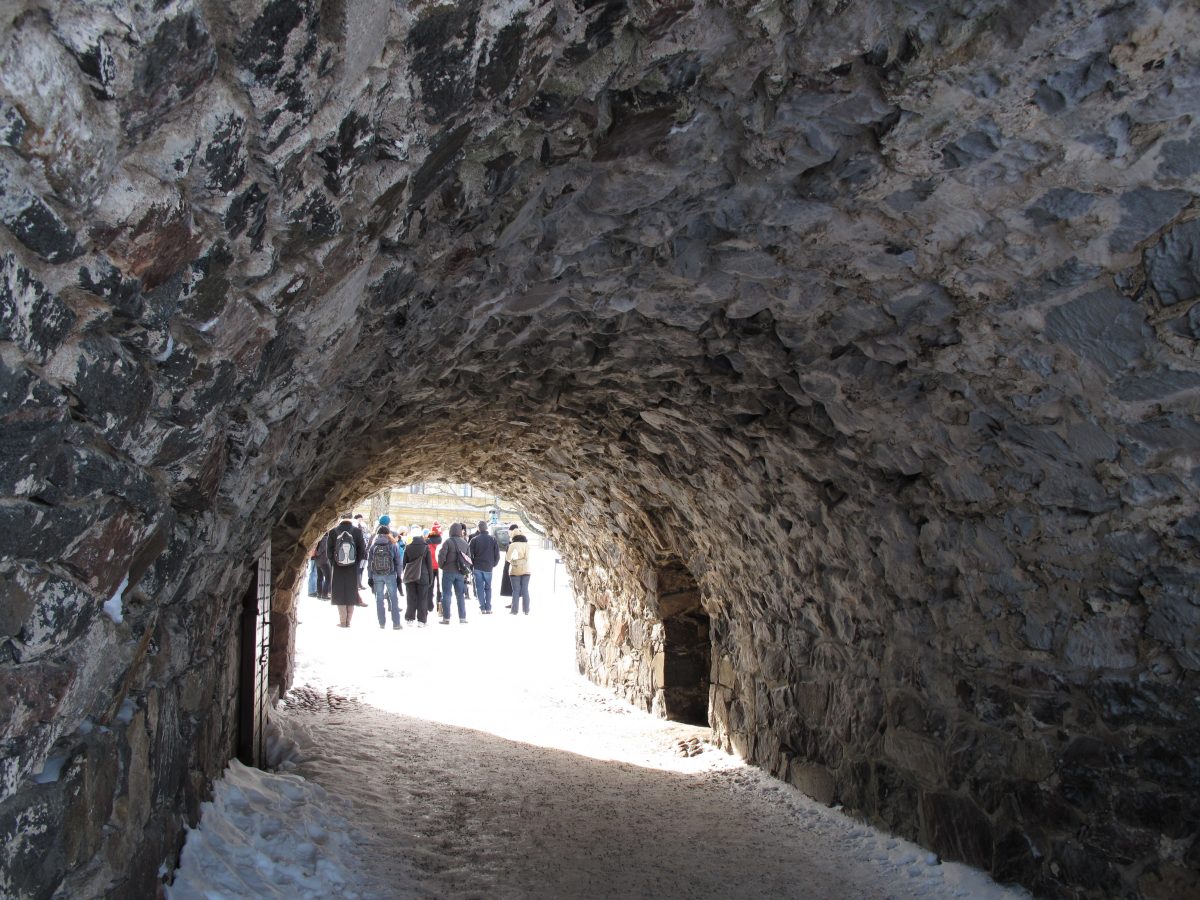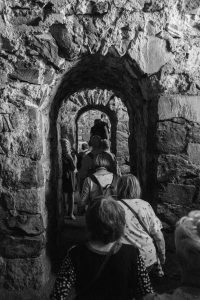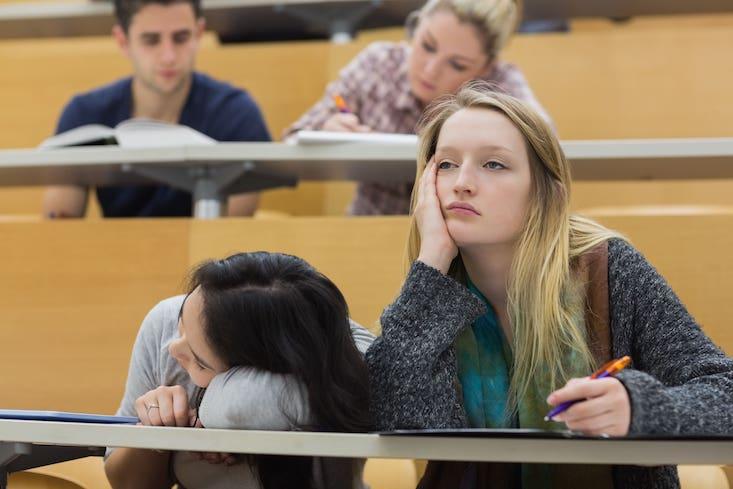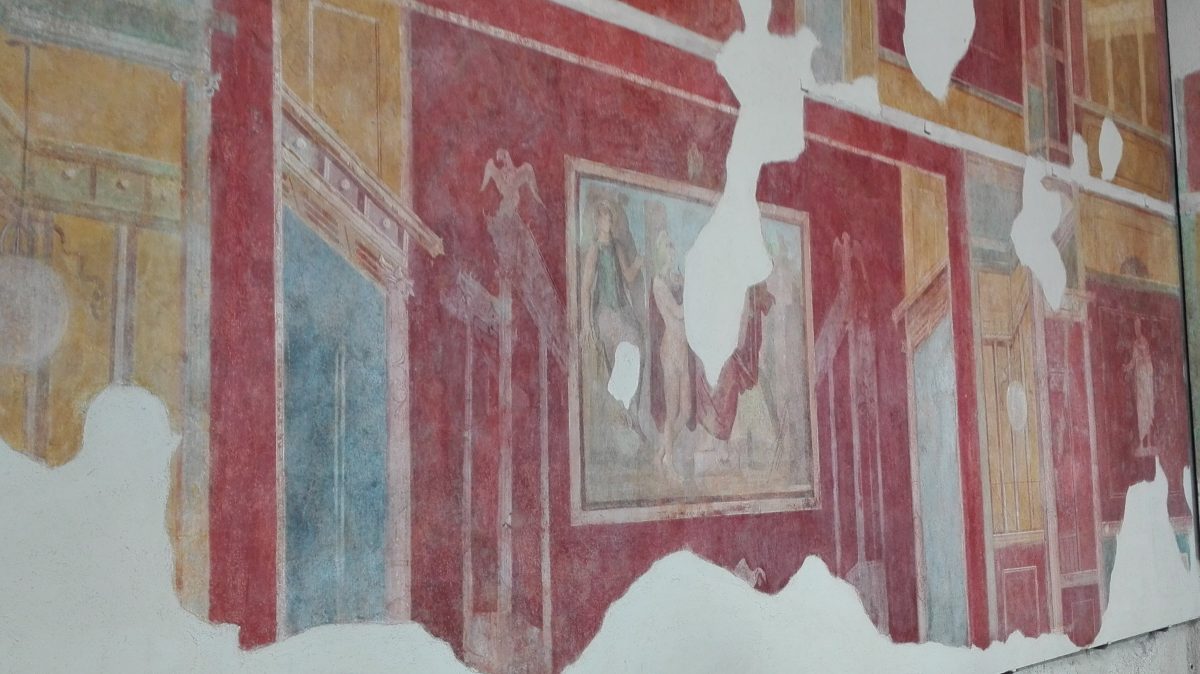(Canceled for new, new date TBA)
Emigrants for Empire: The Planning of Finnish Settler Colonies in British and American Imperial Borderlands, 1899–1905
Topelia A 109 (‘Russian Room’), 4-6 pm
In 1899, as Russification policies in Finland intensified, Finnish nationalists started to plan overseas settler colonies for Finns fleeing the Russian repression. They saw North America and Australia as especially suitable places of settlement. In planning these colonies, the Finnish activists cooperated with and relied on the support of diverse private and governmental actors in the British Empire and the United States. However, the motives of the British and Americans in encouraging Finnish settlement did not always align with those of the Finnish nationalists. This presentation examines the connections between political activists, private companies, and British and American governmental authorities in the planning of these Finnish settler colonies at the turn of the twentieth century. By combining insights from migration and imperial histories, the presentation explores the connections between Finnish migration history and the politics of empire in the late nineteenth and early twentieth centuries. The presentation is part of my Academy of Finland funded project, “Finnish-American Radicalism in a World of Empires” (2019–2022), which is implemented at the University of Helsinki’s Department of Culture (North American Studies).





 One highlight of the collection is Walotar (“Lady of Light”), a handwritten newspaper written by the members of the Walon Leimu temperance society between 1903 and 1925. This unique collection runs to 1200 pages, which makes it (as far as I know) one of the largest and most complete preserved collections of hand-written newspapers in the Finnish language. Walotar depicts the everyday life in the immigrant community, and simultaneously serves as a valuable linguistic document on the gradual development of American Finnish (“Finglish”).
One highlight of the collection is Walotar (“Lady of Light”), a handwritten newspaper written by the members of the Walon Leimu temperance society between 1903 and 1925. This unique collection runs to 1200 pages, which makes it (as far as I know) one of the largest and most complete preserved collections of hand-written newspapers in the Finnish language. Walotar depicts the everyday life in the immigrant community, and simultaneously serves as a valuable linguistic document on the gradual development of American Finnish (“Finglish”).




